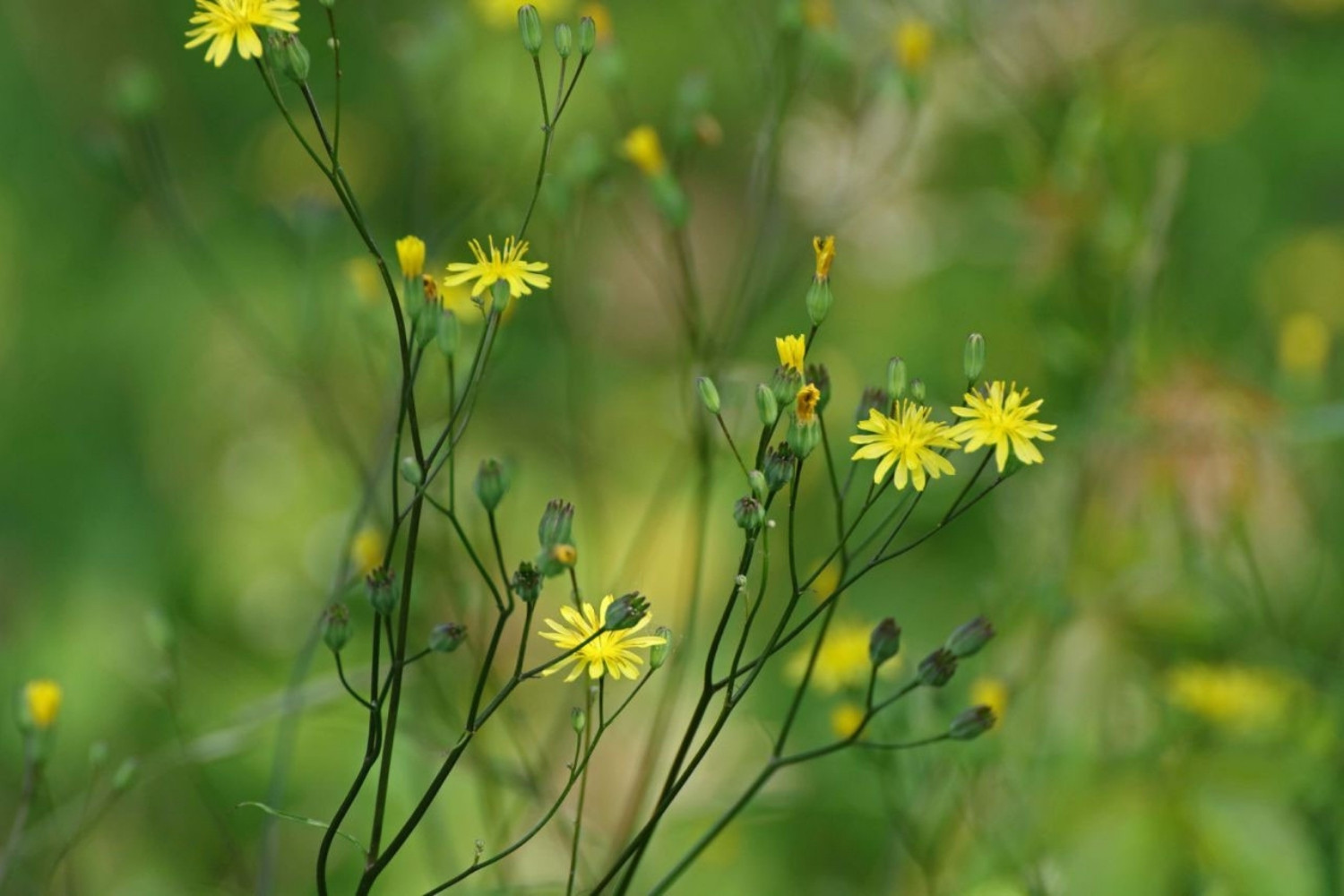
Nipplewort might sound like a peculiar name, but this plant has some fascinating aspects worth knowing. Did you know that Nipplewort, scientifically known as Lapsana communis, is a common wildflower found across Europe and North America? It's often seen growing in gardens, roadsides, and even cracks in sidewalks. This plant is not just a pretty face; it has a history of medicinal uses dating back to ancient times. People used it to treat various ailments, from skin conditions to digestive issues. Despite its delicate yellow flowers, Nipplewort is quite hardy and can thrive in various environments. Intrigued yet? Let's dive into 25 more facts about this resilient and versatile plant!
What is Nipplewort?
Nipplewort, scientifically known as Lapsana communis, is a fascinating plant often found in gardens, roadsides, and meadows. Despite its unassuming appearance, this plant has a rich history and some surprising characteristics.
-
Common Name Origin: The name "Nipplewort" comes from the shape of its flower buds, which resemble small nipples.
-
Scientific Classification: Nipplewort belongs to the Asteraceae family, which includes daisies and sunflowers.
-
Annual or Biennial: This plant can be either annual or biennial, meaning it completes its life cycle in one or two years.
-
Height: Nipplewort typically grows between 30 to 100 cm tall, making it a noticeable presence in the wild.
Where Does Nipplewort Grow?
Nipplewort is quite adaptable and can be found in various environments. Its resilience makes it a common sight in many regions.
-
Native Range: Originally native to Europe and Asia, Nipplewort has spread to other parts of the world.
-
Habitat: It thrives in disturbed soils, often found in gardens, roadsides, and waste areas.
-
Sunlight Preference: Nipplewort prefers partial shade but can also grow in full sun.
-
Soil Type: This plant is not picky about soil and can grow in a variety of soil types, from sandy to clayey.
Nipplewort's Unique Features
Nipplewort has several unique features that make it stand out among other plants. These characteristics contribute to its survival and reproduction.
-
Flower Structure: The flowers are small, yellow, and daisy-like, usually blooming from June to October.
-
Leaf Shape: The leaves are toothed and can vary in shape, often being lobed or heart-shaped.
-
Stem: The stem is hollow and can exude a milky sap when broken.
-
Seed Dispersal: Nipplewort produces small, wind-dispersed seeds that can travel long distances.
Historical Uses of Nipplewort
Nipplewort has been used historically for various purposes, from medicinal to culinary. Its versatility has made it a valuable plant in different cultures.
-
Medicinal Uses: Historically, Nipplewort was used to treat skin conditions and wounds.
-
Edible Plant: The young leaves can be eaten raw or cooked, often added to salads or soups.
-
Folk Medicine: In folk medicine, it was believed to help with respiratory issues and digestive problems.
-
Symbolism: In some cultures, Nipplewort symbolizes resilience and adaptability.
Nipplewort in Modern Times
Today, Nipplewort continues to be of interest for various reasons. Its presence in gardens and natural areas is both a blessing and a challenge.
-
Weed Status: In many places, Nipplewort is considered a weed due to its rapid growth and spread.
-
Pollinator Friendly: Despite being a weed, it provides nectar for bees and other pollinators.
-
Research Interest: Scientists study Nipplewort for its potential medicinal properties and ecological impact.
-
Gardening: Some gardeners appreciate Nipplewort for its ease of growth and ability to fill empty spaces.
Fun Facts About Nipplewort
Nipplewort has some fun and quirky facts that make it even more interesting. These tidbits add to its charm and mystery.
-
Name Variations: In different regions, Nipplewort is known by various names, including "Dock-cress" and "Yellow-flowered lettuce."
-
Historical Texts: References to Nipplewort can be found in historical texts dating back to ancient Greece and Rome.
-
Wildlife Attraction: Besides pollinators, it attracts various insects and small animals, contributing to local biodiversity.
-
Resilience: Nipplewort can survive in harsh conditions, including drought and poor soil.
-
Cultural References: It has appeared in literature and folklore, often symbolizing endurance and simplicity.
Nipplewort: More Than Just a Weed
Nipplewort might seem like just another weed, but it's packed with surprises. This plant, often overlooked, has a rich history and some unexpected uses. From its medicinal properties to its role in folklore, nipplewort has more to offer than meets the eye. It's not just a pesky garden invader; it can be a helpful herb in traditional remedies. Plus, its bright yellow flowers add a splash of color to any green space.
Whether you're a gardener, a nature enthusiast, or just curious, knowing these facts about nipplewort can change how you see this common plant. Next time you spot it, remember it's more than a weed. It's a piece of nature's puzzle with its own unique story. So, keep an eye out for nipplewort and appreciate its hidden wonders.
Was this page helpful?
Our commitment to delivering trustworthy and engaging content is at the heart of what we do. Each fact on our site is contributed by real users like you, bringing a wealth of diverse insights and information. To ensure the highest standards of accuracy and reliability, our dedicated editors meticulously review each submission. This process guarantees that the facts we share are not only fascinating but also credible. Trust in our commitment to quality and authenticity as you explore and learn with us.
